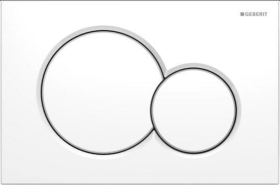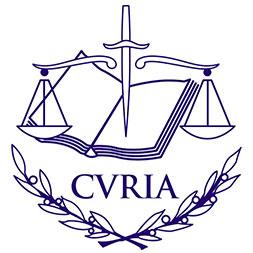Bouwsteentjesstrijd: Inbreukverbod toegewezen in zaak Lego c.s. tegen Wibra

Vzr. Rb. Den Haag 19 november 2024, IEF 22385; ECLI:NL:RBDHA:2024:18975 (Lego c.s. tegen Wibra). Lego c.s. brengt onder de naam ‘Botanical Collection’ een aantal bloemfiguren als modulair bouwsysteem op de markt. Lego Juris bezit verschillende merkregistraties (hierna: de Lego-merken) en modelregistraties (hierna: de Lego-modellen). Het geschil dat in deze zaak centraal staat, is ontstaan doordat Wibra ook een collectie bloemmodellen en een collectie dierenfiguren te koop heeft aangeboden, die beide zijn opgebouwd uit plastic bouwsteentjes. De figuren en de bouwsteentjes lijken erg op die van Lego. Daarnaast heeft Wibra de bloemmodellen op social media ‘Lego-bloemen’ genoemd. Lego stelt dat Wibra inbreuk maakt op de geregistreerde modelrechten van Lego c.s., op de merk- en auteursrechten van Lego c.s. en dat sprake is van slaafse nabootsing van de hierboven weergegeven producten van Lego. Bij de voorzieningenrechter vordert Lego c.s. een verbod op de handel in de inbreukmakende producten. Wibra voert verweer en betwist de geldigheid en beschermingsomvang van de ingeroepen modellen.
































































































